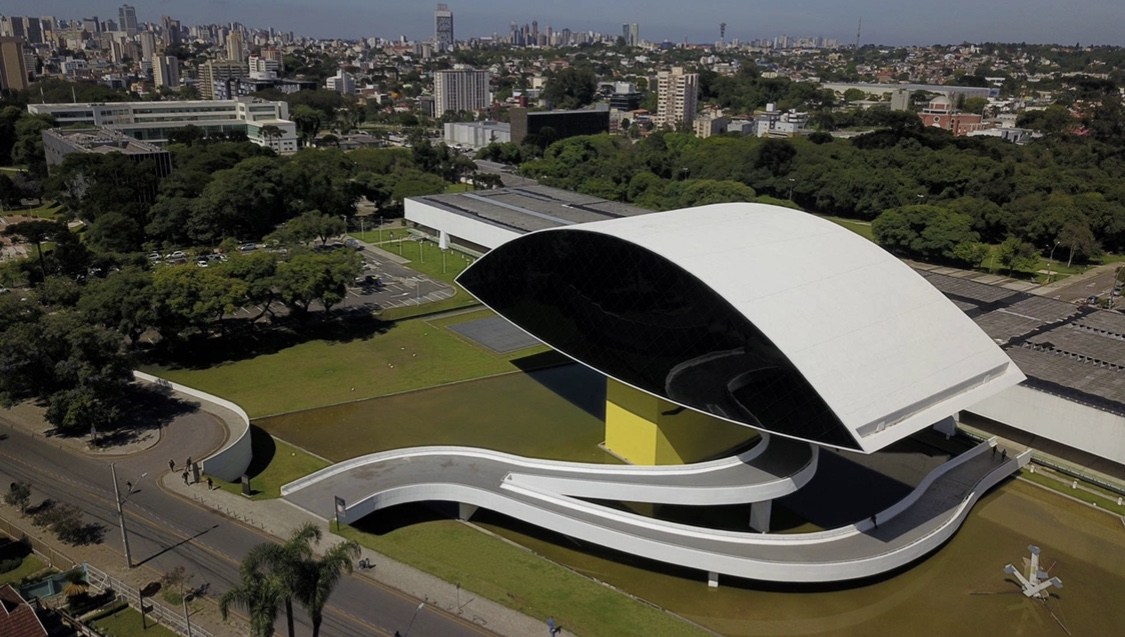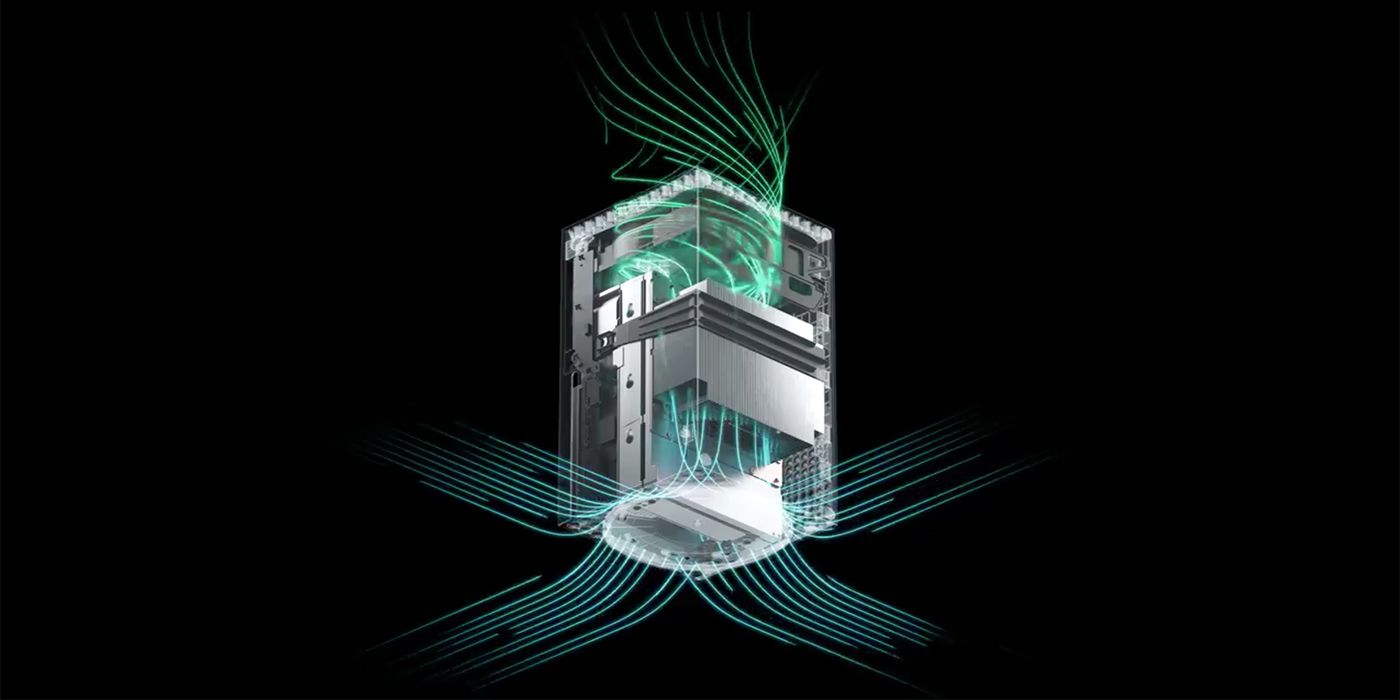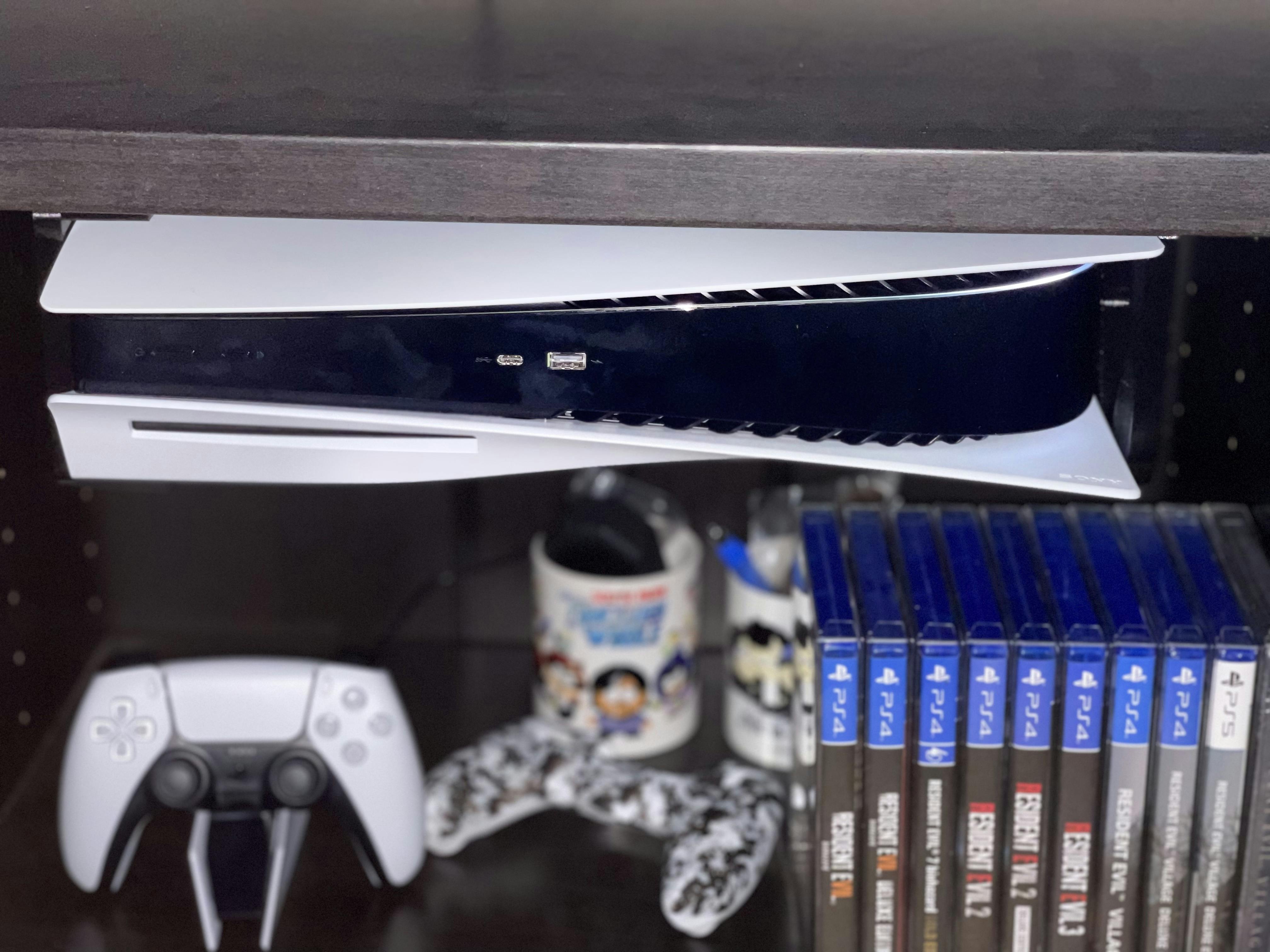


This offers a more integrated graph representation of the DAG, where choosing a task in either the grid or graph will highlight the same task in both views. Most notably, there is now a graph tab in the grid view. The grid view has received a number of minor improvements in this release.
Ps5 airflow update#
They appear right alongside the rest of the logs from your task.Īdding this feature required changes across the entire Airflow logging stack, so be sure to update your providers if you are using remote logging. Trigger logs have now been added to task logs.

Trigger logs can now be viewed in webserver 🐳 Docker Image: “docker pull apache/airflow:2.6.0”Īs the changelog is quite large, the following are some notable new features that shipped in this release. Ootori says that liquid metal has had to be used because the chipset runs at a very high clock rate within a very small die, and so had very high thermal density which needed to be dealt with by an enhanced thermal conductor.I am excited to announce that Apache Airflow 2.6.0 has been released, bringing many minor features and improvements to the community.Īpache Airflow 2.6.0 contains over 500 commits, which include 42 new features, 58 improvements, 38 bug fixes, and 17 documentation changes. Between the chipset and the heatsink is a layer of liquid metal, which is used instead of a standard thermal paste. It's a classic finned design with heat pipes, but Ootori claims that because of the shape and airflow design, it actually functions with the same performance as a vapor chamber. Running almost the entire length of the console is a huge heatsink. The SSD is also soldered directly onto the motherboard, with its chips surrounding the custom SSD controller module, which allows for the fast 5.5GB/s raw transfer speeds. For more on the nitty gritty, see our complete PS5 specs page. On the rear of the board is also eight units of GDDR6 system memory, clocking in at 16GB overall at 448GB/s. Inside is a one-piece motherboard fitted with a AMD SoC (system on a chip) that contains the x86-64-AMD Ryzen Zen 2 CPU and RDNA-2 Radeon graphics processor. This is an M.2 interface with the latest high-speed PCIe 4.0 rating, which is the same as those used in PCs, so standard off-the-shelf NVMe drives will work.ģ3 Images That's all you can reach from beneath the side panels, but Ootori unscrewed the casing and showed off the guts of the machine, too. With the side panels off, users can also access a metal plate, under which is a bay for an SSD drive, should you wish to expand your storage. Again, another way to help keep heat under control. Ootori specifically notes that these ports can be used with a vacuum cleaner, which will allow users to easily clean the filters with a household vacuum cleaner. With the covers off, you can access two ports for the dust filters that run along the intakes. Airflow is then exhausted out the back of the console, where vents cover basically every section of the backplate not dedicated to ports. Those sides flair out along the sides of the console, as air intakes are on both sides of the machine, with air drawn by a 120mm diameter, 45mm thick dual-intake fan.
Ps5 airflow Pc#
The sides of the console can be slid off by hand with no tools required, which reminds me a lot of tool-less entry PC cases.
Ps5 airflow Bluetooth#
If you don't plan on using the LAN port, the console has Wi-Fi 6 support for wireless networking, and also Bluetooth 5.1 for connecting devices. On the rear are a further two USB type-A ports (both SuperSpeed 10gbs), a LAN port for networking, HDMI Out to link to your TV/display, and AC In for power. On the front panel are two USB ports, a USB type-A port with hi-speed data transfer, and a USB type-C with SuperSpeed 10gbs transfer. It appears that the design ethos behind the PS5 has focused a lot on heat management. Play Ootori says that the size results in a “dramatic improvement in performance in terms of processing power and quietness”.


 0 kommentar(er)
0 kommentar(er)
